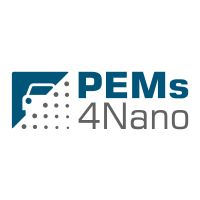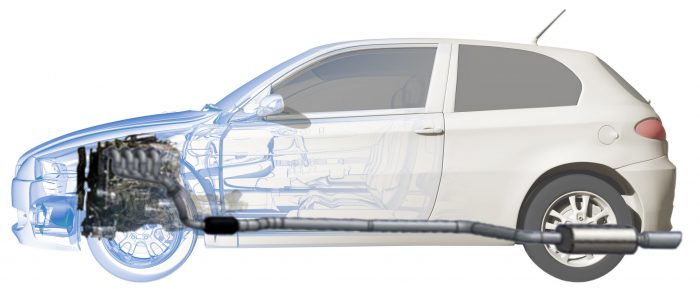
The first year of the project has finished and the project is well on its way.
In this year 7 deliverables have been submitted.
Some deliverables are confidential (CO), in those cases only a public summary is available, which can be quite short.
- Specific Requirements Of Each Focus Area (CO)
The project begins with a work package on Requirements and Concepts, which is important for setting the stage for PEMs4Nano and making sure that the other work packages are properly aligned. This work package ensures that the necessary interfaces between the work packages are in agreement and synchronized to establish what interactions and information fluxes within the work packages are necessary in order to achieve the specific goals. The ambitious targets have been confirmed by the partners from their perspective by considering how their specific work will support reaching these targets. - Criteria For Project Internal Impact Assessment (CO)
This report consists of the definition of the different criteria that will be used in work package 4 – “Implementation of a calibration method for the particle counting systems. Final Validation and Robustness Evaluation under Real Driving Conditions” to assess the impact of the new technology developed in the PEMs4Nano project to measure Particle Number down to 10 nm. - Extended Pop Bal Model (CO)
In this report a novel particulate formation model that includes a description of liquid-like particles has been formulated. - Calibrated CPC For Lab Use With Calibration Procedure (PU)
To enable PEMs4Nano to run the proposed engine and vehicle emission measurements, a suitable and calibrated Condensation Particle Counter (CPC) for laboratory use is necessary. This instrument must be optimized by PEMs4Nano partner TSI to achieve a particle detection efficiency less than 10 nm for “soot-like” particles. An initial calibration must be carried out to document the instrument’s performance. As agreed upon, this initial calibration is done with Poly-Alpha-Olefin (PAO) particles as calibration aerosol. This ensures comparability with the calibration of 23 nm CPCs as described by PMP and as used for measurements according to UN-ECE Regulations 49 and 83. - Public Website (PU)
This deliverable describes the PEMs4Nano project website, both public and partners restricted part. The internal website was already launched during the proposal and grant preparation period. It was presented to the PEMs4Nano partners during the Kick Off Meeting in Renningen on the 18 & 19 October 2016. - Dissemination Plan (CO)
This documents describes the communication and outreach activities for the PEMs4Nano project. - Exploitation Plan (CO)
In this report a first inventory has been made of the results and outcomes of the PEMs4Nano project that can be used once the project is finished.

Particles form in the engine, travel down the exhaust line and are detected at the tailpipe. That’s where the PEMs4Nano partners come in to develop a portable device (and a robust procedure) to detect particles down to sizes as small as 10 nm.


